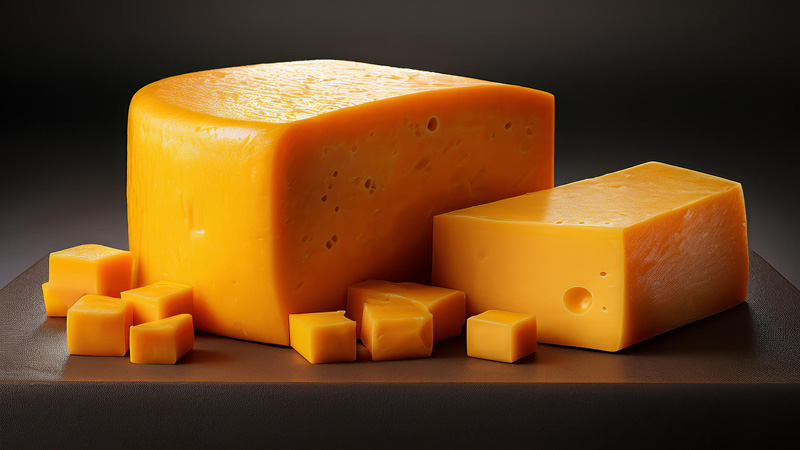Hydrodynamic cavitation has many applications, but care must be taken to avoid any negative impact on the sensory aspects of dairy products. The application should always be tailored to the needs, thus highlighting the great flexibility in the uses of the technology.
A sensory evaluation of cavitated milk samples showed a significant increase in burnt flavour with increasing intensity and duration of treatment.
However, the addition of CO2 helped to significantly reduce the burnt flavour.
Cavitated milk samples showed better coagulation properties and a better acid flavour.
Raw milk, pasteurized by hydrodynamic cavitation, had a flavour score equal to or lower than untreated milk, but the same milk treated with cavitation had a higher score than untreated milk when tasted on the fourth day of storage.
The effect of hydrodynamic cavitation on lipid oxidation in different types of milk can be controlled by reducing the residence time and temperature.
Through hydrodynamic cavitation, the formation of volatiles such as benzene, toluene, 1,3-butadiene, 5-methyl-1,3-cyclopentadiene and a series of aliphatic 1-alkenes, which were predominantly hydrocarbons, is possible.
These compounds are believed to be of pyrolytic origin and probably generated at the localized high temperatures associated with ultrasonic cavitation.
An example of the effects of cavitation on lipid oxidation in freshly pasteurized cheddar whey shows an increased concentration of hydroxyl radicals, with no changes in phospholipid composition, free fatty acids and increased lipid oxidation. This demonstrates that the use of cavitation in whey processing applications has no negative impact on lipid profile and oxidation.
The use of hydrodynamic cavitation combined with moderate pressure (2 kg pressure, 40 °C) improved the properties of yogurt.
Hydrodynamic cavitation has a less invasive impact on sensory properties than ultrasound, since the collapse intensity of hydrodynamic cavitation is lower than that of ultrasound.
This suggests that hydrodynamic cavitation may be a more suitable method for preserving the sensory qualities of dairy products.











